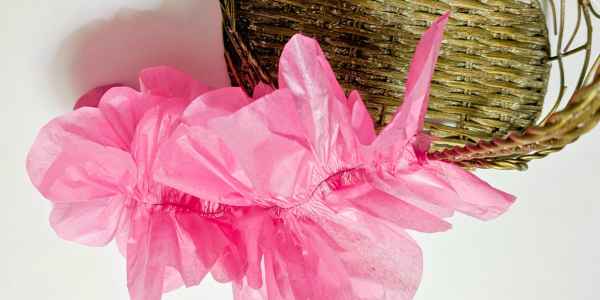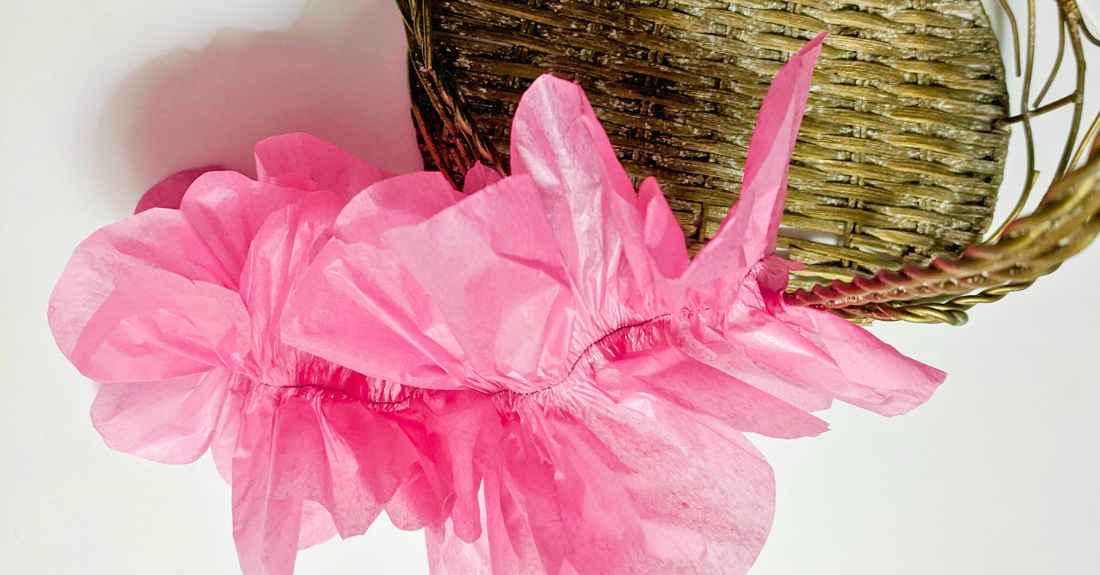
Create Charming and Simple Paper Ruffles – Let’s Learn How
Making ruffles with paper can be a fun way to add a touch of charm and elegance to various decorations, whether for birthdays, events, or celebrations. Here, we discuss ways to make and use paper ruffles, including single and double-edge styles, and the ratio used to create slight versus full fringe. Besides, we touch on making ruffles with glue versus stitches, both by hand and with a machine.
To begin, let’s explore the different methods of making paper ruffles. One common approach is to cut and gather strips. You can achieve single-edge ruffles by folding the paper lengthwise and making small accordion-style folds along the top line. For double-edges, fold the strip in half to the length and stitch along the crease between both borders.
Hand-sewing ruffles may prove an easier task for beginner crafters. Why? The method offers more control of the paper and gathering adjustments.
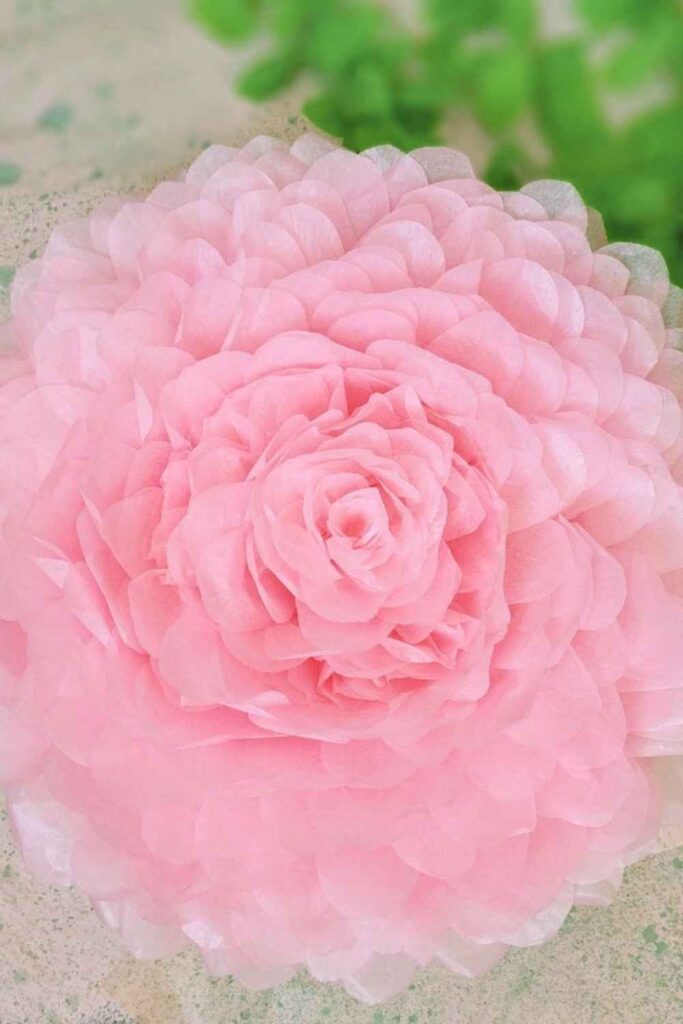
Find the Perfect Ratio for Your Paper Ruffles
The ratio of material used determines the fullness of your piece. To create slight gathers, use a strip of paper twice the desired length of your finished ruffle. For fuller trim, increase the expanse of the strip. Experimenting with varied spans will help you find the perfect measure you want. Next, let’s explore the methods of making paper ruffles.
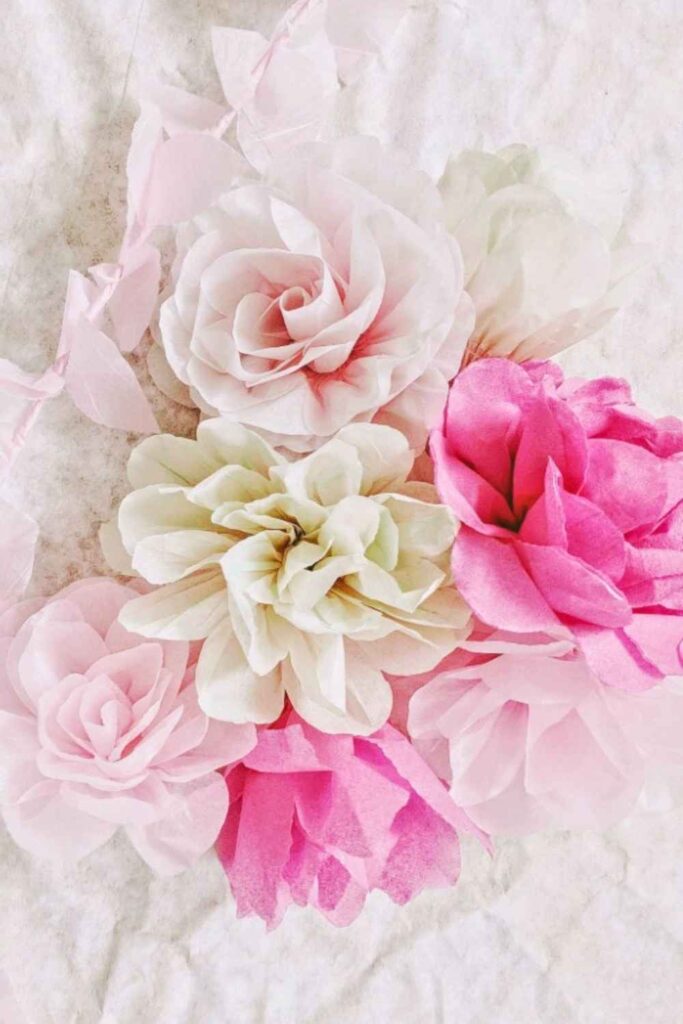
Glue or Stitch, the Choice is Yours!
- Choose between using glue or stitches, depending on your preference and the specifics of your project demands.
- If you opt for glue, apply a thin line along the edge of your folded strip and press folds together to create gathers or pleats; they both work. This method works well for decorations where the edges won’t show, as in paper flower petals.
Despite that, hand-sewing ruffles may prove an easier task for beginner crafters. Why? The method offers more control of the paper and gathering adjustments. To sew by hand, use a needle and thread with tiny stitches along one edge of the piece; it’s helpful when you are new to working with delicate papers and hot glue.
If you prefer a faster approach, you can make ruffles with a sewing machine set to a long straight stitch and guide the folded strip through to the end. Keep stitching along creases or edges. This course is ideal for larger projects or when you need to create multiple ruffles quickly.
- Now you know the techniques, let’s delve into ways to use them for decorations. Paper ruffles can adorn gift boxes, greeting cards, party invitations, and banners. In addition, they make light working tasks of lavish backdrops, wreaths and easy paper flowers whenever you’re short on time.
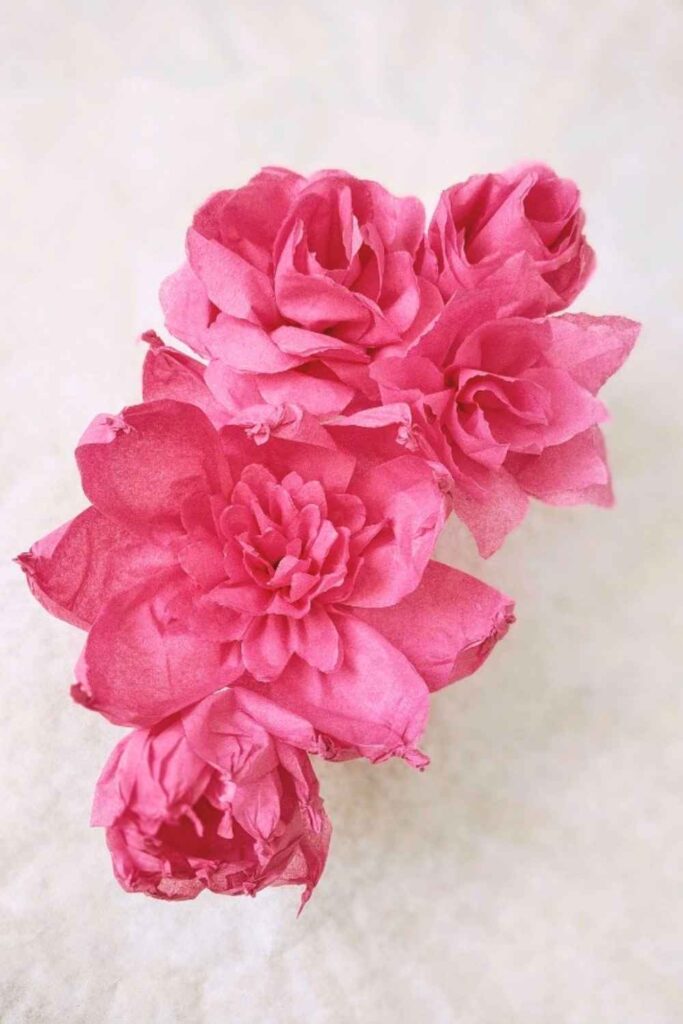
Your Creativity with Effortless Paper Frills
When you know how to make ruffles with paper, it will change your perspective. If you have one, the sewing machine is your best bet, but you can get the same results with hand-sewing or finger-gathering. As for paper varieties to make ruffles, results depend.
- Precise looks at how your device responds to materials’ weight will prove your most valid tests. Domestic machines often handle stitching layers of paper napkins, tissue, and pre-cut crepe rolls well, but ruffles add bulk to layers. Hence, the best frills will need first-hand trials. More work; better informed.
- If your machine has a pressure-regulating screw, it allows changing to suit particular materials. The screw’s primary role is to prevent the work from slipping under the presser foot when using textiles. Use it if you have one.
- Besides, using a shirring or ruffle foot to sew paper, lessening the pressure may prevent rips along the stitch lines. The best way to find out is to experiment with making ruffles before beginning projects because it offers an exact view of what you could achieve using diverse papers.
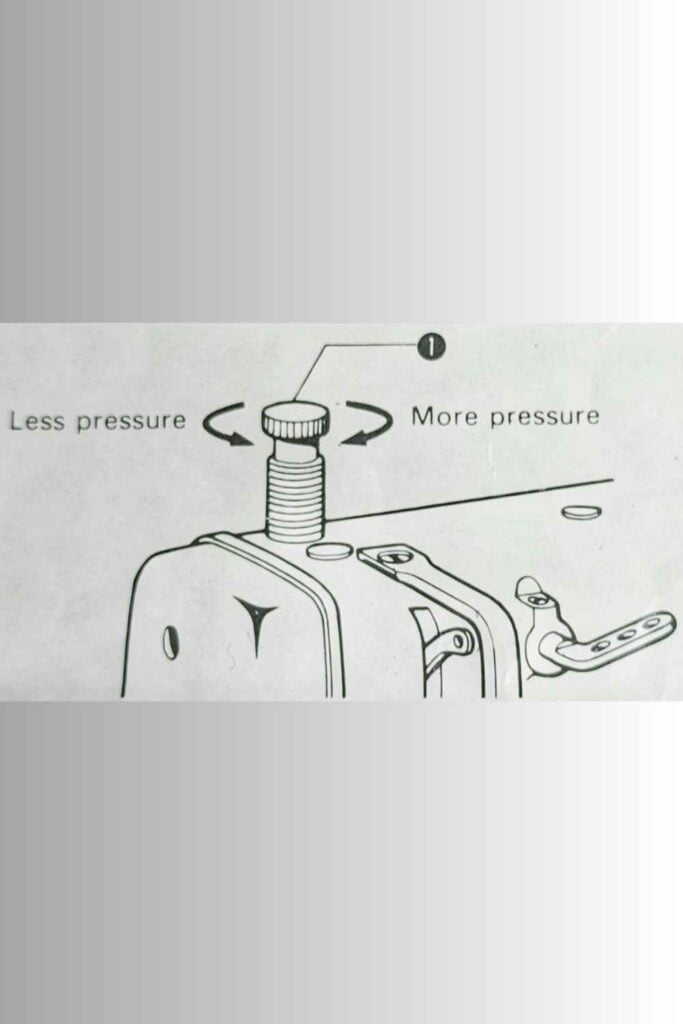
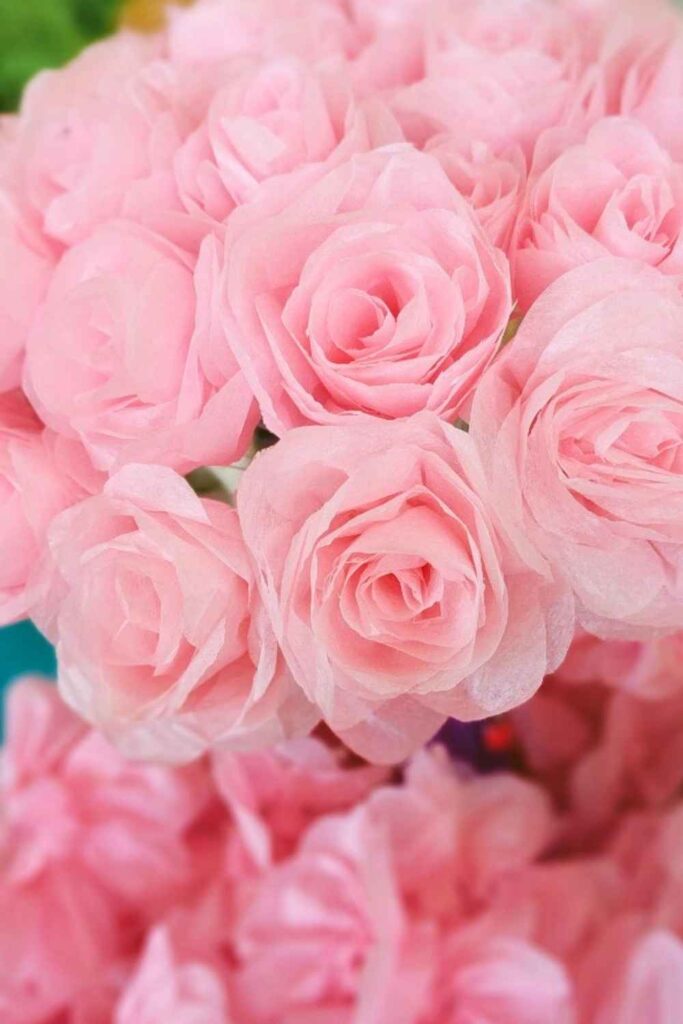
Use Ruffles to Make Roses and Other Paper Flowers
In addition, learning to make paper ruffles will begin a game-changing skill, spurring your paper projects. Completion time for making tissue paper roses and other flowers will reduce. Make your frills first.
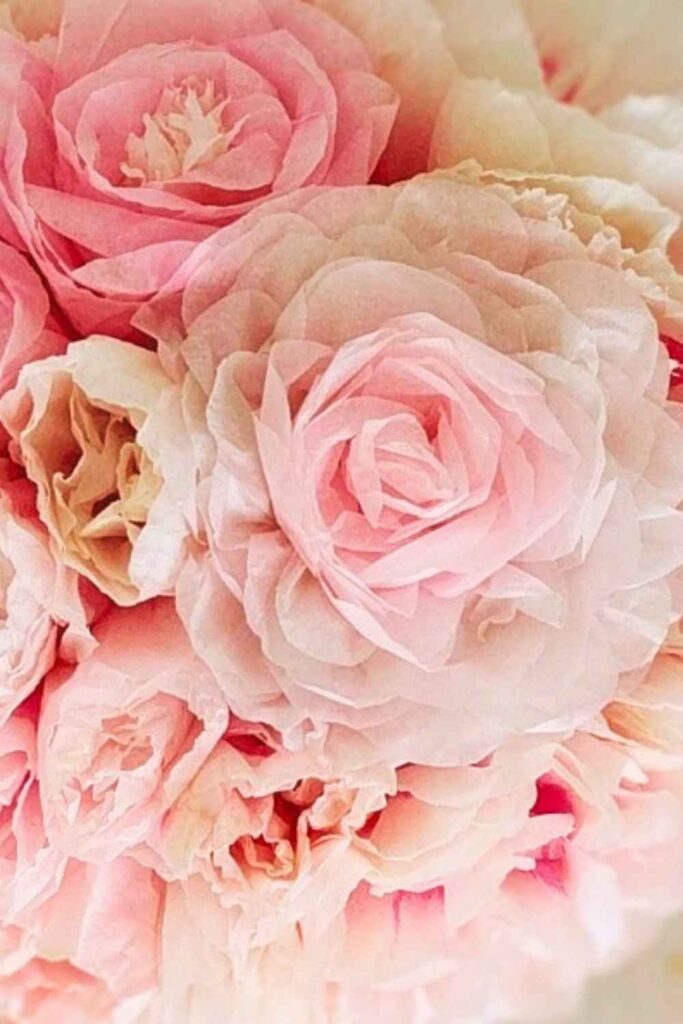
As noted, you will need a shirring/gathering foot for your sewing machine to make paper ruffles fast. Many varieties adjust to control fulness, producing the best results in light and medium-weight fabrics.
Without the accessory, you can still make paper ruffles with speed. The chief contrast is when using a shirring foot, the tool generates the gathers for you, but with a regular presser foot, you create the ruffles by shaping folds.
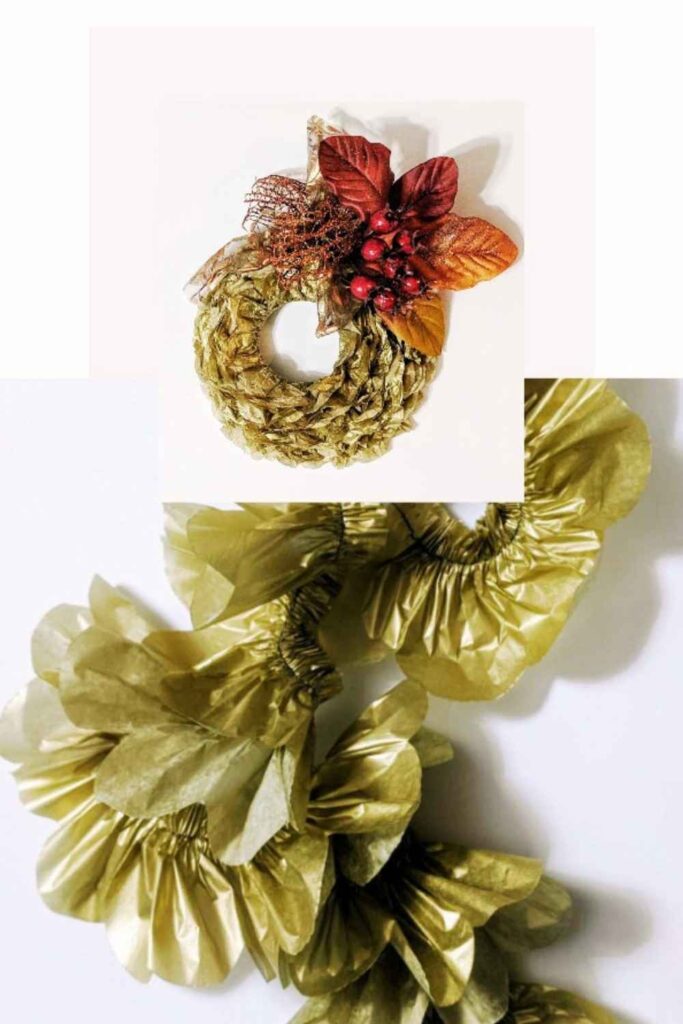
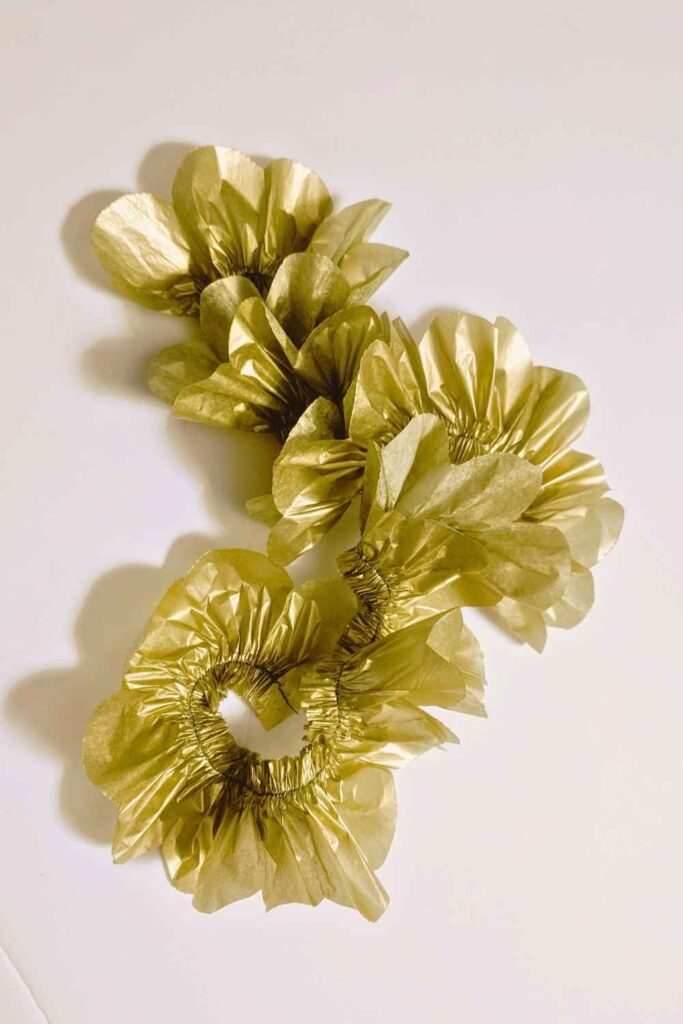
Try the Basic Ruffle Making Method
Further, if you’ve never sewn paper, it mirrors making textile ruffles on the machinery.
- Loosen the upper thread tension on the sewing machine.
- Stitch along guidelines or borders.
- Remove and pull the bobbin thread to create gathers.
With fabrics, the idea is more practical than a shirring foot when working with dense textiles. Alert: I haven’t tried the technique on paper, but I expect similar results.
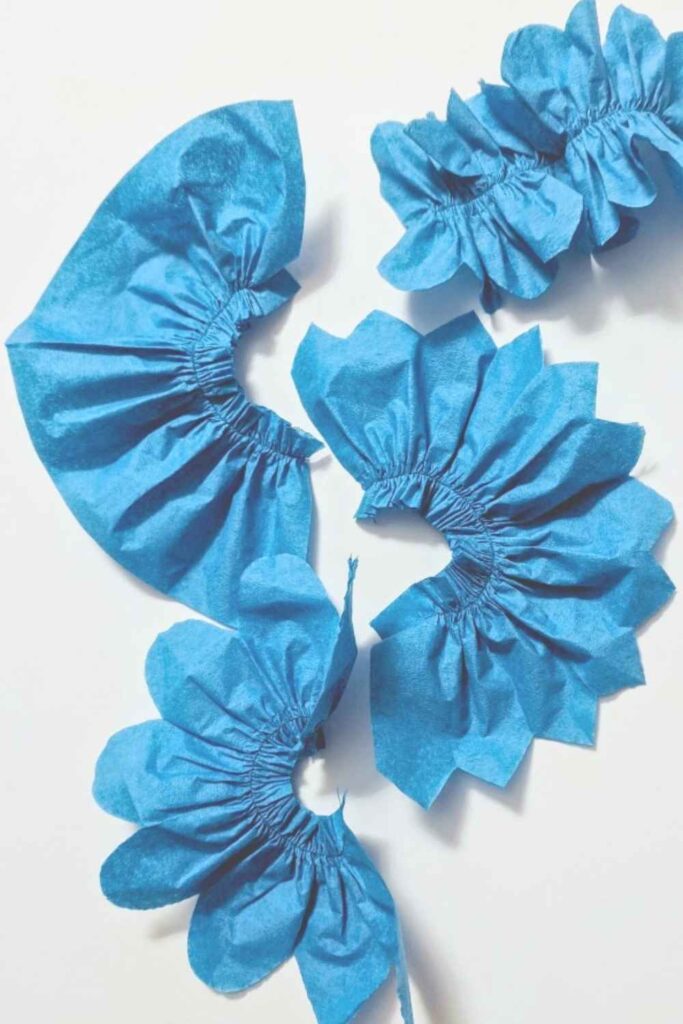
Beyond that, Try Using a Teflon Foot
- Gather the fabric with your fingers while you sew; a regular presser foot can work, but Teflon is easier on smooth papers. That said, to make paper ruffles, decide on the dimensions you want, and cut pieces, adding seam allowances to the finished width of single-edged gathers. Hems aren’t vital on paper frills, but if you want to highlight edges, use contrasting coloured stitches. You won’t need them for flowers.
- Next, raise the presser foot and position the material as if using fabric and mentioned earlier, make a few samples with different papers for reference. After stitching the first two inches, check for rips at the stitch line. Adjust the machine’s pressure, tension, and stitch length as needed.
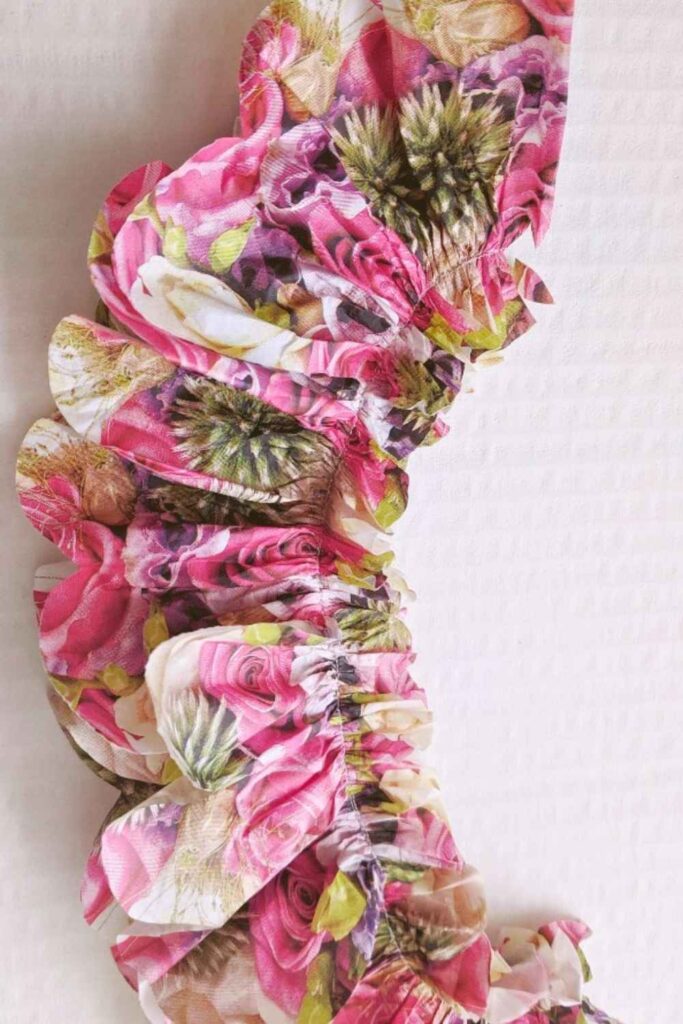
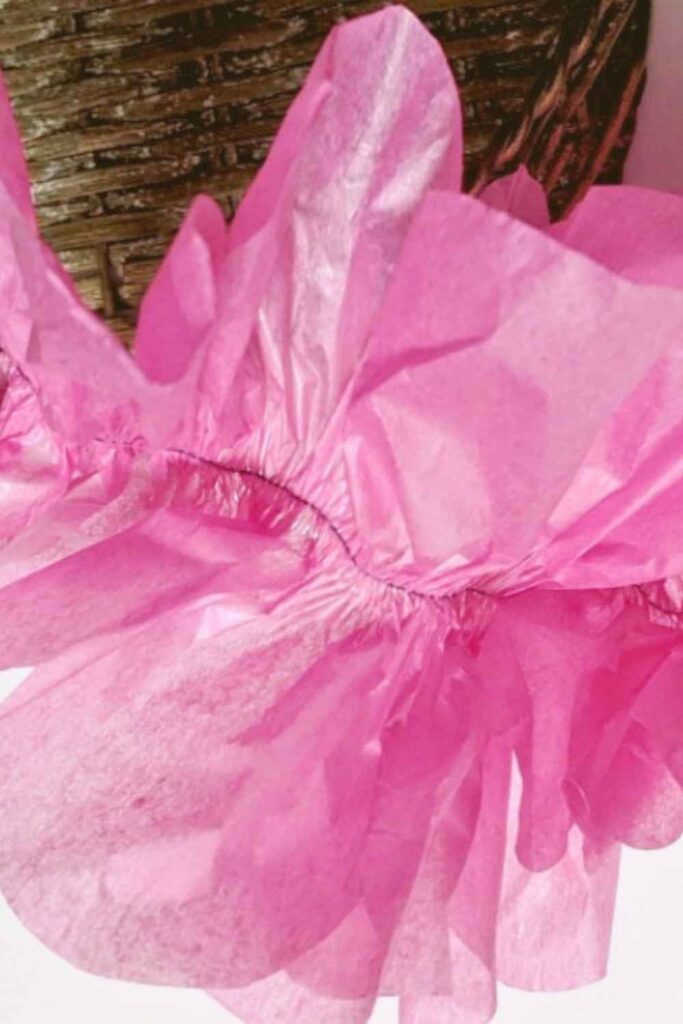
Tip
Keep the following in mind when making ruffles. Unlike fabric, often, paper veers off a straight path, creating inconsistent lines. As a result, you will need to use your hands as a guide to support straight stitches and uniform ruffle width. So, practice.
I hope you’ve gathered ideas to help you make various items using paper ruffles. Use them to make paper wreaths – simply fabulous for every season.
As always thank you for dropping by and sharing your time.
If the Lord will, I’ll see you the next time you visit.

